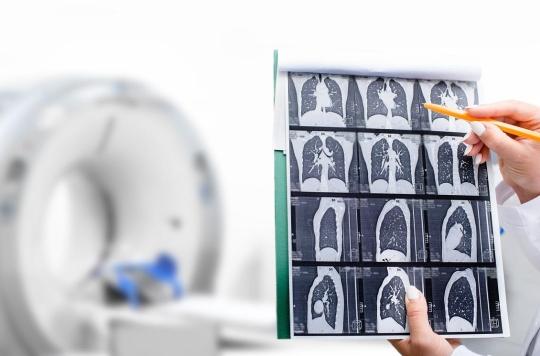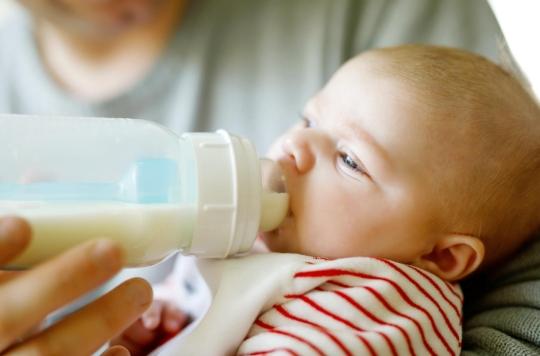Organized screening reduces female mortality by 20%, but induces an overdiagnosis of 11%, according to a summary of international studies For experts, the balance is in favor of mammography.

It’s the end of Pink October, the information campaign on organized breast cancer screening. This edition began with a controversy over overdiagnosis (1) caused by mammography. New results, published in the international journal Lancet fuel the debate.
A committee of independent experts appointed by the British Cancer Institute carried out a new analysis of a dozen European and American studies. “First, organized screening saves lives,” recalls Professor Michael Marmot of the University of London, which headed the expert panel. They conclude that there is a 20% reduction in mortality among women invited to participate in an organized screening program compared to women who have not benefited from this screening.
Dr Daniel Serin, oncologist at the Institut Sainte Catherine in Avignon, “ They confirm one thing that pleases after the controversy is that screening saves lives. “
As for overdiagnosis, for the committee, the most reliable data come from three trials in which screening was not offered to women in the control group at the end of the trial. The women included were followed about six years after the end of the study. And analysis of these three trials suggests that the probability that a cancer diagnosed during the screening period is overdiagnosed, would be 11%.
The most interesting thing is that the authors evaluated the impact of these figures on the British screening program, which since 1998 has invited women aged 50 to 70 to be screened every three years. Result: for 10,000 British women aged 50 invited to be screened for 20 years, 43 deaths from breast cancer would be avoided and 129 cancers would be overdiagnosed. This corresponds to one death averted for about three overdiagnosed cancers treated.
For Daniel Serin, it is ethically important to communicate these figures to women, but for him, the only solution to the problem is to develop tools that make it possible to refine the diagnosis, such as markers that would predict whether the tumor will or will not be aggressive in the longer or shorter term. “It’s a job that was started by the National Cancer Institute.”
Listen to Dr Daniel Serin, ” The Inca has generated studies and research to deal with its 11% overdiagnosis. “
For the committee headed by Prof. Michael Marmot, screening helps to lengthen life, and he stresses that the “benefits outweigh the disadvantages”. However, due to the uncertainties surrounding these estimates, the committee recommends further research to “define more precisely the benefits and harms”. “For every woman, the choice is clear, add the experts. On the one hand, screening leads to a reduction in breast cancer mortality due to early detection and treatment. On the other hand, the woman knows that ‘she runs the risk of being diagnosed and treated for a cancer that would never have been a problem if it had not been detected.
(1) We speak of overdiagnosis when the screening examination, here mammography, makes it possible to detect a small cancerous lesion, which would not have developed into a disease during the patient’s lifetime.
.















